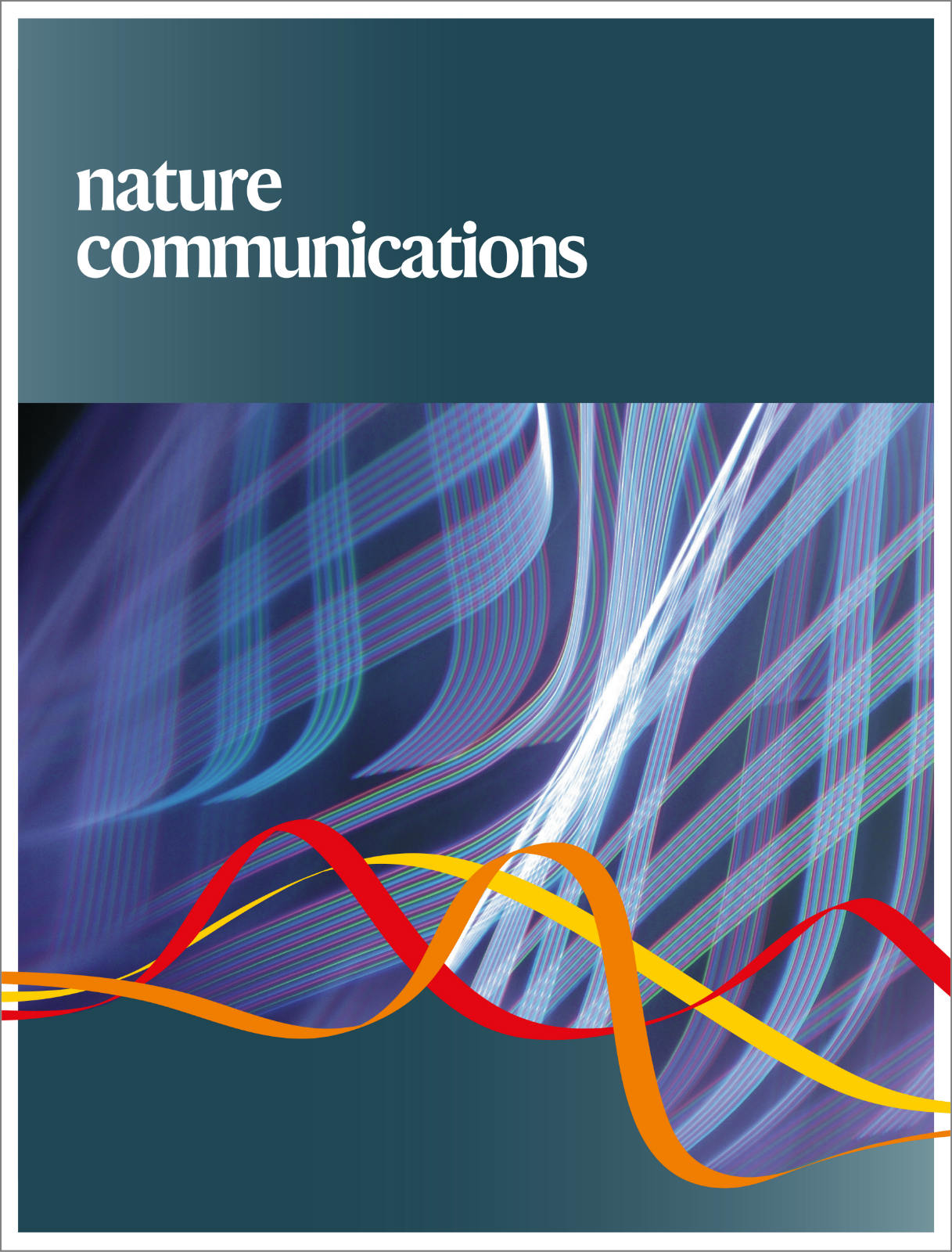了解东亚第四纪晚期人类的变异性
IF 15.7
1区 综合性期刊
Q1 MULTIDISCIPLINARY SCIENCES
引用次数: 0
摘要
亚洲东部第四纪晚期古人类形态变异的程度比以前假设的要高。事实上,亚洲东部存在许多不同的种群,其中一些现在有了新的具体名称:弗洛里斯智人;吕宋智人;隆吉智人;朱鲁智人。通过这篇文章,我们根据目前亚洲东部的智人化石记录描述了不同的分类。本文章由计算机程序翻译,如有差异,请以英文原文为准。

Making sense of eastern Asian Late Quaternary hominin variability
A greater degree of Late Quaternary hominin morphological variability is present in eastern Asia than previously assumed. Indeed, a number of distinct populations are present, some that now have new specific names: Homo floresiensis; H. luzonensis; H. longi; H. juluensis. With this piece, we describe the various groupings based on the current hominin fossil record of eastern Asia.
求助全文
通过发布文献求助,成功后即可免费获取论文全文。
去求助
来源期刊

Nature Communications
Biological Science Disciplines-
CiteScore
24.90
自引率
2.40%
发文量
6928
审稿时长
3.7 months
期刊介绍:
Nature Communications, an open-access journal, publishes high-quality research spanning all areas of the natural sciences. Papers featured in the journal showcase significant advances relevant to specialists in each respective field. With a 2-year impact factor of 16.6 (2022) and a median time of 8 days from submission to the first editorial decision, Nature Communications is committed to rapid dissemination of research findings. As a multidisciplinary journal, it welcomes contributions from biological, health, physical, chemical, Earth, social, mathematical, applied, and engineering sciences, aiming to highlight important breakthroughs within each domain.
 求助内容:
求助内容: 应助结果提醒方式:
应助结果提醒方式:


